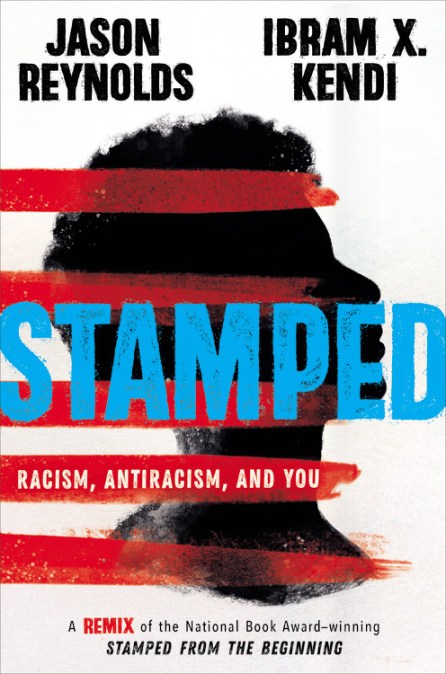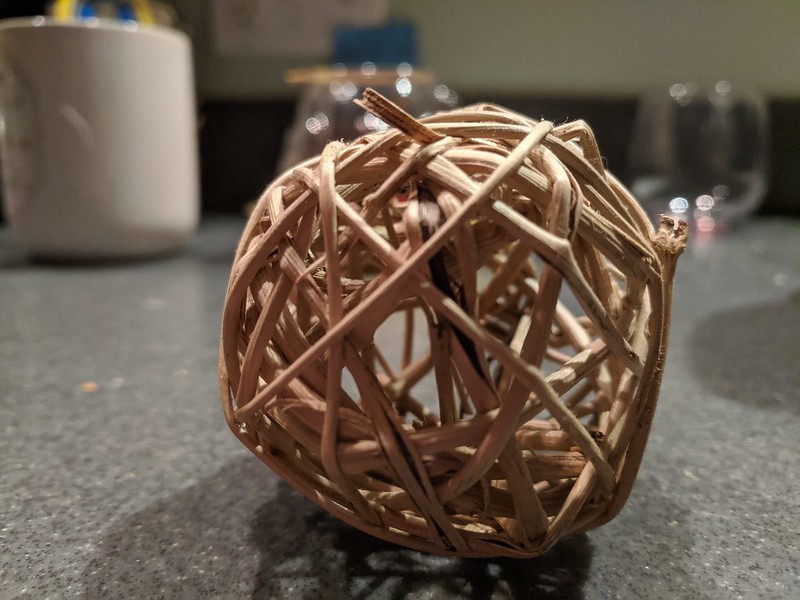 (This is for the Slice of Life challenge, hosted by Two Writing Teachers. We write on Tuesdays about the small moments in the larger perspective … or is that the larger perspective in the smaller moments? You write, too.)
(This is for the Slice of Life challenge, hosted by Two Writing Teachers. We write on Tuesdays about the small moments in the larger perspective … or is that the larger perspective in the smaller moments? You write, too.)
I know this is strangely narcissistic, but I was curious to know what I looked like, teaching remote via Zoom, and even more so, what would that teaching look like in time-lapse video? So, I did it. Here it is.
The other morning, during our Morning Meeting and then into our Vocabulary Lesson, for about 50 minutes, I let my iPad snap moments in time-lapse. It’s intriguing to see myself through that kind of lens, and I was curious about visual clues of interactions with students.
Here are some observations:
- I seem to be smiling a lot and laughing quite a bit, which I want to note, is how I hope I am interacting with my students via video feed;
- I seem to be talking more than listening. I know that students are also talking and sharing and participating, but maybe not nearly as much as I am;
- My face demeanor changes once we transitioned from Morning Meeting (where everything is about playful connections) to the actual lesson on vocabulary, as we moved into talking about the work they had done;
- It’s strange to see oneself like this, but a version (in regular speed) of this is what my students see each day we are in Remote Learning (this week, it continues a few more days).
Peace (looking in, looking out),
Kevin





